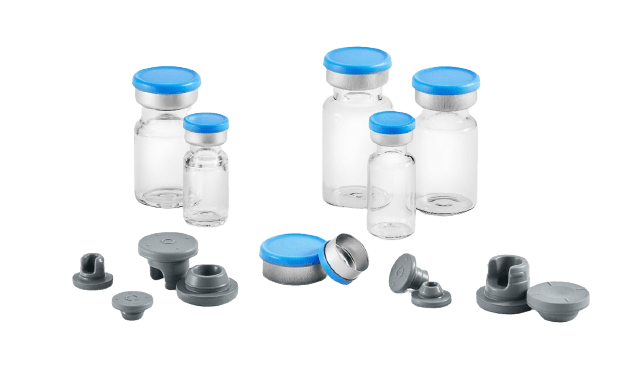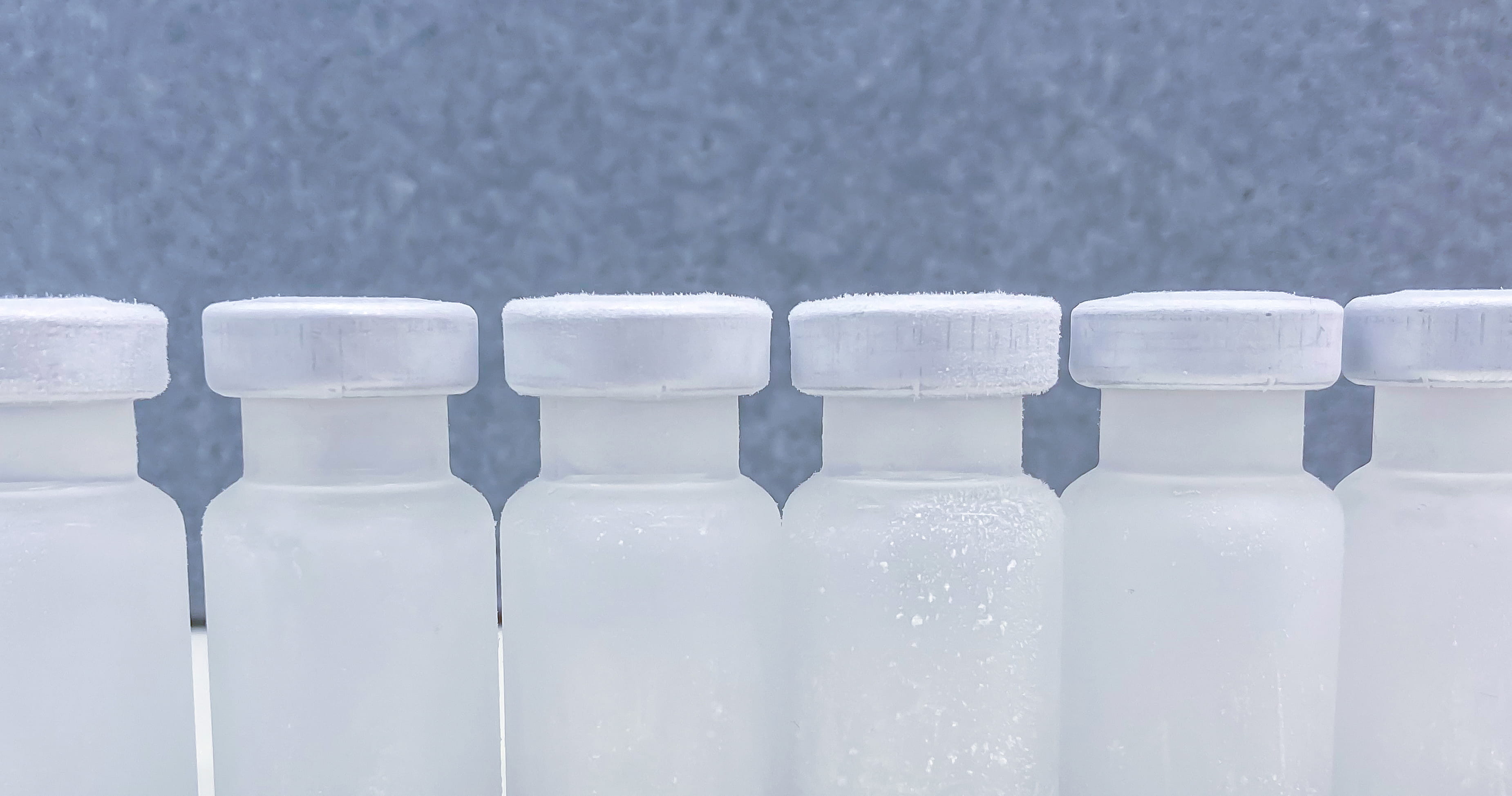Considerations for Storage of Vial Containment Systems at Ultra-Low and Cryogenic Temperatures
With the growing importance of gene and cell therapies, storage of vial containment systems at ultra-low temperature (-80°C) and cryogenic temperature (vapor of liquid nitrogen, i.e., -130oC to -180°C) is more common. The primary consideration for storage at such temperatures is that the vial system can maintain container closure integrity (CCI) necessary for the drug product. There are two other considerations for the vial system, considerations more critical at such temperatures than at room temperature – proper filling and proper assembly. These have been discussed in two recent publications by West scientists:
- Volumetric Capacity of Daikyo Crystal Zenith® Vials Stored in Freezing Conditons (Technical Report CZ TR 2022-039)
- Potential Over-Pressurization Issues with Ultra-Low Temperature or Cryogenic Storage of Improperly Sealed Vial/Stopper Primary Package Systems (Technical Service Bulletin TSB 2020-072)

Glass and polymer vials typically are described in terms of nominal volumetric capacity. However, this description may not represent the maximum amount of liquid that a vial system can accommodate. This is of concern because upon freezing, a water-based drug product can expand to 109% of its liquid volume. Absent knowledge of maximum capacity, liquid filling and subsequent expansion on freezing could lead to fracture and concomitant loss of CCI. In Volumetric Capacity …, methods are described to experimentally determine maximum capacity. Evaluation was with both glass and polymer vials from various suppliers, in sizes 2 ml, 5 ml, and 10 ml. In some cases, it was found that maximum capacity was approximately 15% lower than nominal volumetric capacity. With the methods described, drug manufacturers can better determine fill volumes for drug products that are to be frozen and reduce risk of vial system fracture.
Proper assembly of vial systems is essential to avoid the issue of over-pressurization. This was discussed in Potential Over-Pressurization …. Vial systems are assembled at room temperature and atmospheric pressure (i.e., 1 atm). Upon exposure to low temperature, there is a reduction of the interior pressure of the vial system, while the atmosphere of the refrigerating chamber remains at 1 atm. In the event of improper sealing or other breach (either of which results in loss of CCI), the resultant pressure differential will drive refrigerating chamber gas into the vial system until the vial system reaches equilibrium at 1 atm. Upon removal from the refrigerating chamber and return to room temperature, the vial system is over-pressurized. Using the fundamental theorems, Gay-Lussac’s Law and the Ideal Gas Law, it is calculated that over-pressurization can reach the values below, which may present a handling issue:
- ultralow (gene therapy): 1.5 atm
- cryogenic (cell therapy): 3.2 atm
In the event improper sealing, or other breach, and accidental immersion in liquid nitrogen, over-pressurization upon removal can reach hundreds of atm.
For drug products to be stored at ultra-low and cryogenic temperatures, the need is clear to select the right vial system components and assemble them properly. Through the Integrated Solutions offering, West can help customers both select and test the right vial containment system. For more, contact and Account Manager or Technical Customer Support representative.
Crystal Zenith is a registered trademark of Daikyo Seiko, Ltd. Crystal Zenith technology is licensed from Daikyo Seiko, Ltd.











